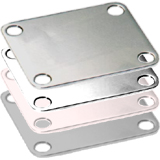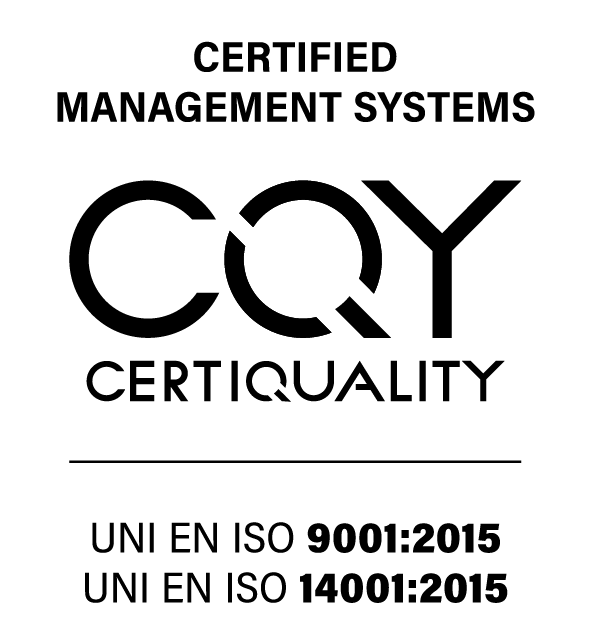SURFACE TREATMENTS ON COPPER PLATES:
CHROMIUM-PLATING, NICKEL-PLATING, SILVER-PLATING AND TIN-PLATING.
Copper Plate Chromium-plating.
Surface Treatments on Copper Plates. The procedure by which a copper sheet or product is coated in chromium is called chromium-plating. The chromium is a chemical element, to be precise a hard metal, whose colour is shiny steel gray. The chromium can be easily further polished, it is also very resistant to corrosion and melts with great difficulty. The process of copper chromium-plating allows to attribute further characteristics to those that already belong to the copper: the copper sheets or products take greater rigidity and greater strength, they decrease their degree of thermal dispersion and finally they are more resistant to heat and to the corrosion caused by atmospheric agents, in addition to appearing in a different colour that gives them an even more precious aspect.
Copper Plate Nickel-plating.
The coating given to copper and made by nickel is called nickel-coating. It is said “white copper” because of its light silver colour and also “fake copper”. Nickel has long been used in the form of nickel/copper alloy, to make the coin coinage. Today “cupronickel” represents a type of metal alloy, in which nickel is the main element added to copper: this alloy offers a high resistance to alterations or deteriorations caused by external agents and this is why it is mainly used in sea sectors and environments, or in any case in areas where the erosion rate is high. Through the nickel coating, the copper acquires greater resistance to corrosion, it increases its hygiene and cleaning coefficient and it manages to maintain its workability and malleability: therefore it remains suitable to be welded and forged.
Copper Plate Silver-plating.
The treatment of coating in silver of copper plates is called silver-coating. The precious metal, much used in art and gifts and fancy goods, as well as in the production of pieces of jewellery and jewels, provides advantages mainly linked to the ductility in the working, to the reflectivity of the surface and to the conductivity of electricity and heat. For catalytic properties, silver is used in chemistry in oxidation reactions and because of its ductility and its non-toxicity it is used in the sector of dentistry, in alloy with other metals. Thanks to the silver-coating, the typical main characteristics of the copper are emphasized. The main uses are in the sectors of electronics, microelectronics, informatics, biomedical engineering and robotics.
Copper Plate Tin-plating.
A very ancient procedure, copper plate tin-coating is used to protect the metal from oxidation that may derive from the contact with particular materials. For centuries there has been the use of covering kitchen utensils made of copper with tin in order to protect them from the deterioration caused by foodstuffs. The low melting temperatures of the copper (230 degrees) have greatly contributed to the spread of this process since ancient times, less evolved than those of the present day. Today the tin-coating is practiced mainly for anticorrosive and protective purposes and in some situations it offers greater advantages than silver-coating: in case of contact with some gaseous substances, the tin can preserve intact its characteristics, while the silver is transformed and darkens, failing to offer adequate protection. The characteristics of resistance and anticorrosivity add to those of easy weldability as well as durability over time.

 Italian
Italian English
English